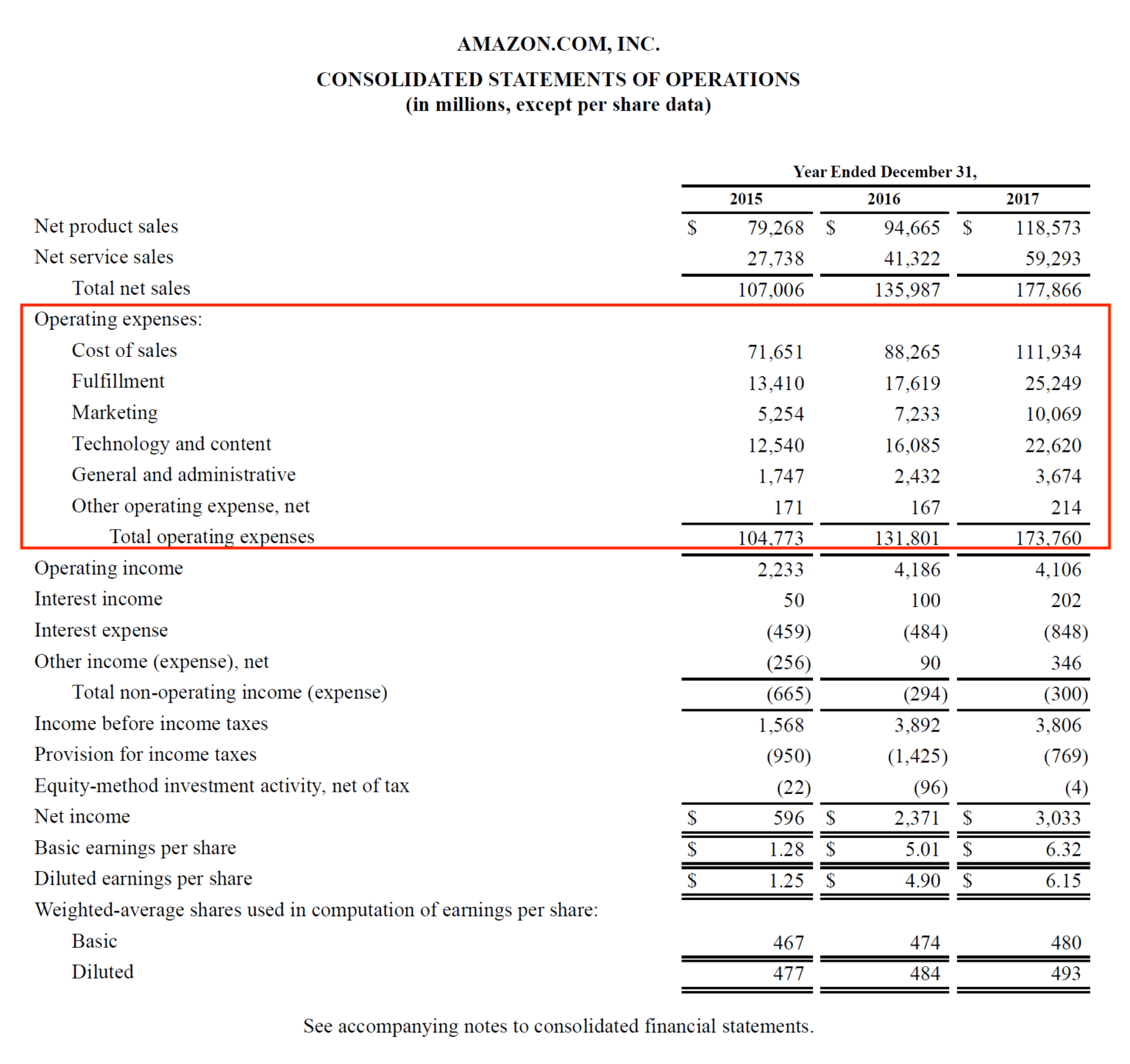

Subject each individual item within the group purchase to the organization’s capitalization threshold.For group purchases, an organization may wish to adopt one of the following treatments within their capitalization policy: Group purchases are purchases where the total is greater than the organization’s capitalization threshold however, individual items within the group purchase fall below the organization’s capitalization threshold. In practice, we often see the threshold established for a capitalization policy vary based on the size and scope of an organization, with smaller organizations having policy thresholds approximating $1,000 and larger nonprofits having policy thresholds approximating $5,000 or greater.Īn organization may also want to state their accounting treatment of fixed asset group purchases within their capitalization policy. Nonprofit organizations define (within reason) the amount an asset with a useful life greater than one year must cost before it is classified as a fixed asset within their financial statements. The Internal Revenue Service recommends that for-profit organizations adhere to a standard of $2,500 or $5,000 for small and large organizations, respectively however, there is no standardized guidance for nonprofit organizations. This dollar amount is defined in the organization’s capitalization policy.įixed assets remain on the statement of financial position as an unexpired cost that is reduced each reporting period by a depreciation expense, based on its value and useful life.

An organization’s capitalization threshold is the dollar amount at which a long-lived asset (useful life of greater than one year) is treated as a fixed asset rather than as an expense.

Nonprofit organizations have two options when purchasing assets with a useful life of greater than one year: expense or capitalize.Īssets which are capitalized are referred to as fixed assets and represent tangible property and equipment with a useful life of more than a year (except collection items and assets held for investment purposes) that meet or exceed the organization’s capitalization threshold.


 0 kommentar(er)
0 kommentar(er)
